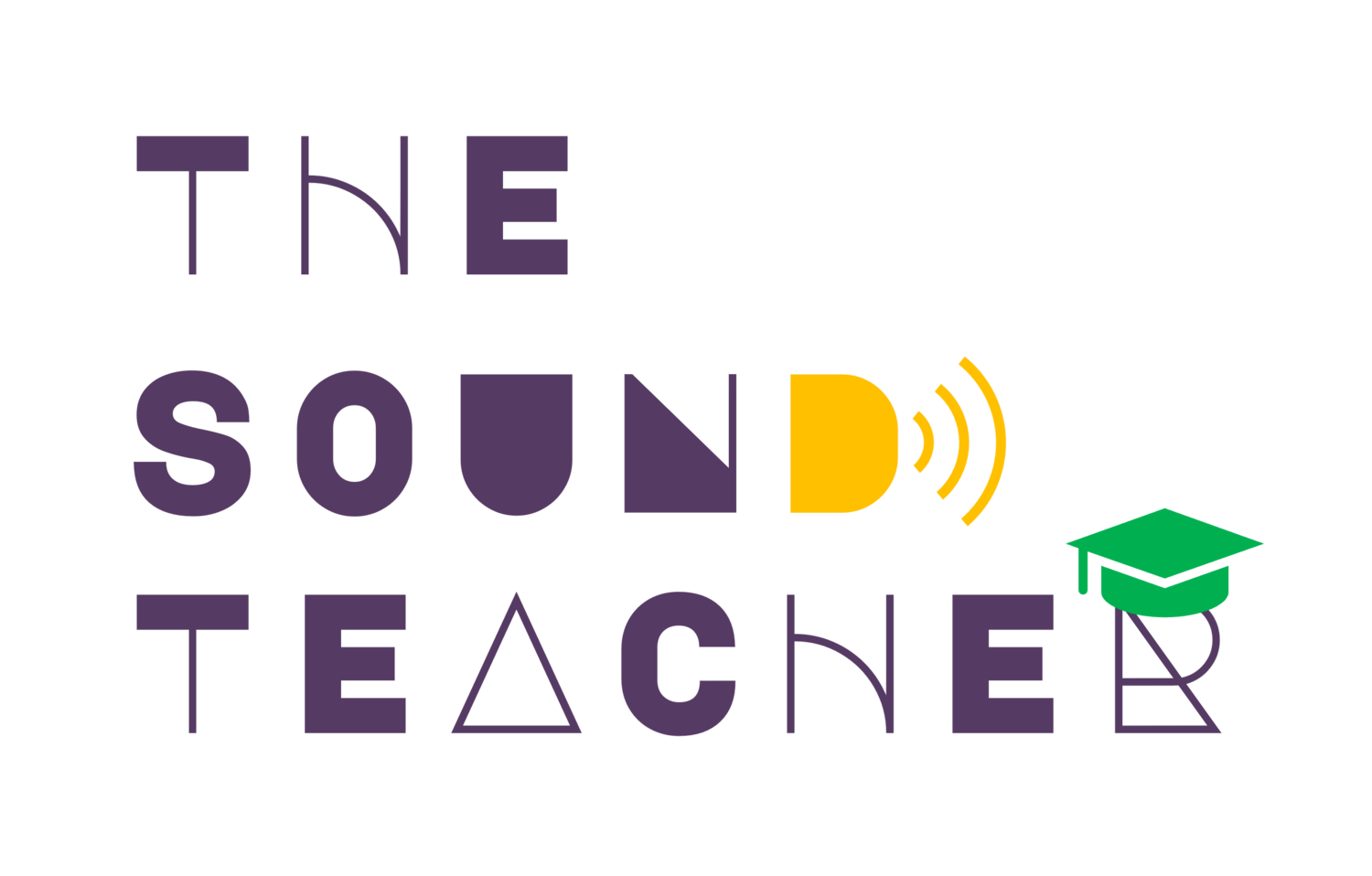The Tomatis® Method and speech
The Tomatis® Method uses sound stimulation to support language and speech development across all ages, offering more comprehensive benefits than speech therapy alone.
Listening is fundamental to developing speech.
Speaking = Listening
You may have tried speech therapy or other treatments without seeing the expected progress. Sometimes, even with consistent effort, development stalls.
Issues are often linked to listening.
Prior to starting speech, language, or other therapeutic interventions, listening abilities should be assesed.
Listening begins in the womb
By 4 ½ months gestation the fetus receives sounds:
The mother’s body: heartbeat, breathing, digestion, movement
Environmental sounds
The mother’s voice
These sounds are filtered because the ears are in fluid.
Making the connection
Fluid in the womb enhances low-frequency environmental sounds. These sounds are steady and rhythmic.
The mother's voice is transmitted to the baby's inner ear via bone vibrations from her larynx. Bone conduction amplifies high-frequency sounds.
The mother’s voice.
Characterised by unpredictability and emotional depth, it encourages a baby's attention, bonding and engagement.
Her voice also includes the prosody, rhythm and frequency range of her native language.
Entering the world
At birth, the fluid-filtered sounds and bone conduction of the mother's voice disappear.
The baby is then exposed to a wider range of sounds, along with new sensory inputs like sight, touch and temperature.
Additionally, they hear their own voice for the first time because vocal cords function only in air.
Processing sounds
It's important to distinguish listening from hearing. Babies with hearing loss can still carry out certain sound processes:
Discrimination. Making sense of sounds.
Localisation. Where sound is coming from.
Pattern. Rhythm and tone of a native language.
Timing. Short/longer utterances, the use of pause.
Selective. Learning the relevant from the irrelevant.
Listening activates several senses; locating sounds often requires head movement, while nursery rhymes are combined with touch like stroking or patting.
Integrating speech
Infants learn language gradually, starting with key stages of listening, imitation, repetition, and sensory engagement.
Our ears connect us to our surroundings, enabling communication, focus, and language development. While speech uses the mouth, lips tongue and more to produce sounds, listening is essential for this skill.
Listening matters.
“The voice only produces what the ear listens to.”
- Dr Alfred Tomatis ENT.
When difficulties arise
Recurrent ear infections can hinder listening by causing fluid build up that prevents proper ear function. Poor sensory integration and delayed laterality development may also impact listening, as language and emotion are processed in different brain hemispheres.
Releasing blocks.
The Tomatis® Method enhances listening by opening pathways and overcoming emotional, physical or neurological obstacles.
Specialist headphones
With The Tomatis® Method, well-tuned listening can change lives.
The Tomatis® Method uses filtered music delivered through bone-conduction Maestro headphones, creating sound contrasts that engage the ear and brain to boost attention and focus.
Find out more here:
Zones of listening
The Tomatis® Method assists with the following:
Removing barriers to listening
Coordination between brain hemispheres
Audio-vocal feedback with a microphone
Listening based on Zones: Body, Language, Energy
Zones of listening
Faster results
The Tomatis® Method supports the effectiveness of other specialist treatments.
Improved listening compliments:
Speech and language
Occupational therapy
Educational interventions
Behavioural plans
Counselling
Picture source: Kids Therapy Station
Get in touch
Effective sound processing and listening skills are essential at every age and life stage.
The Sound Teacher offers assessment and sound therapy services for individuals of all ages—from infants and children to adolescents, adults, and seniors—to help overcome listening challenges.
Those who are struggling with school and/or life and not getting the help they want elsewhere are invited to get in touch!











